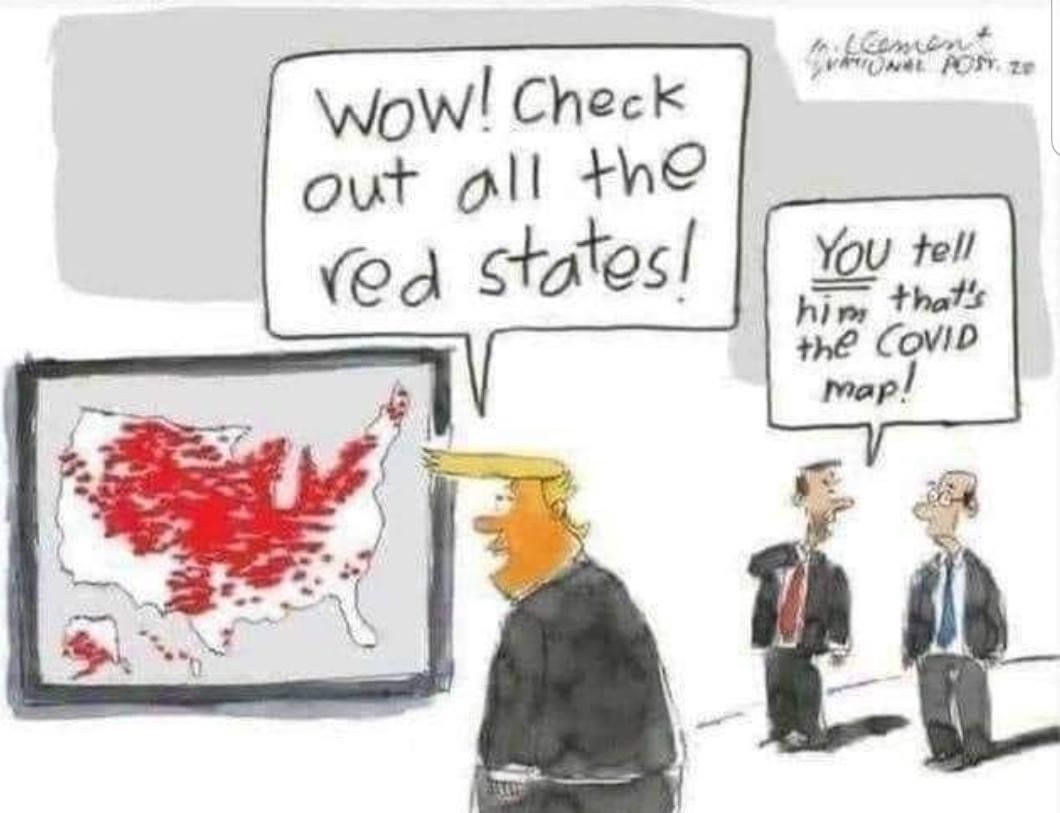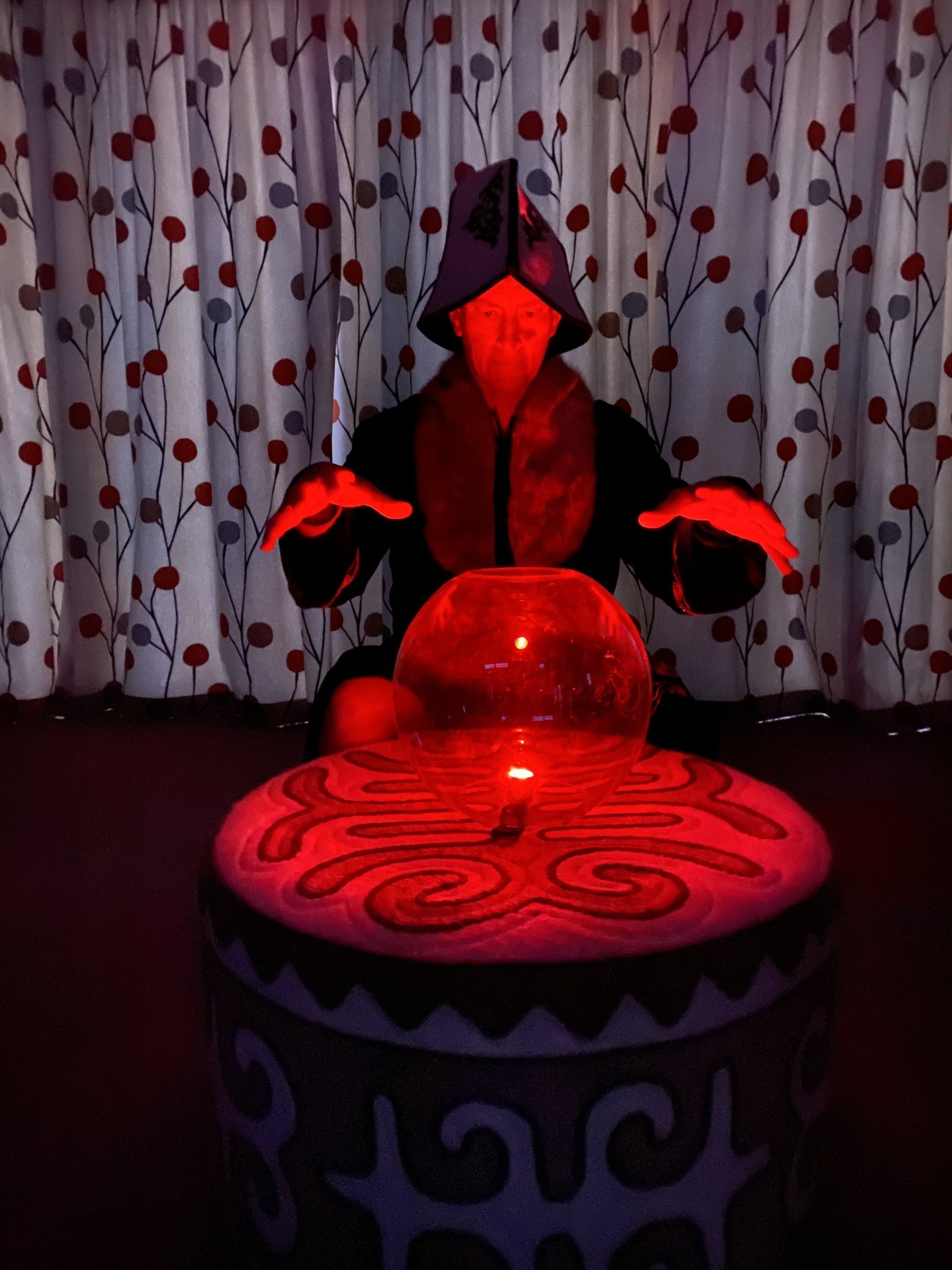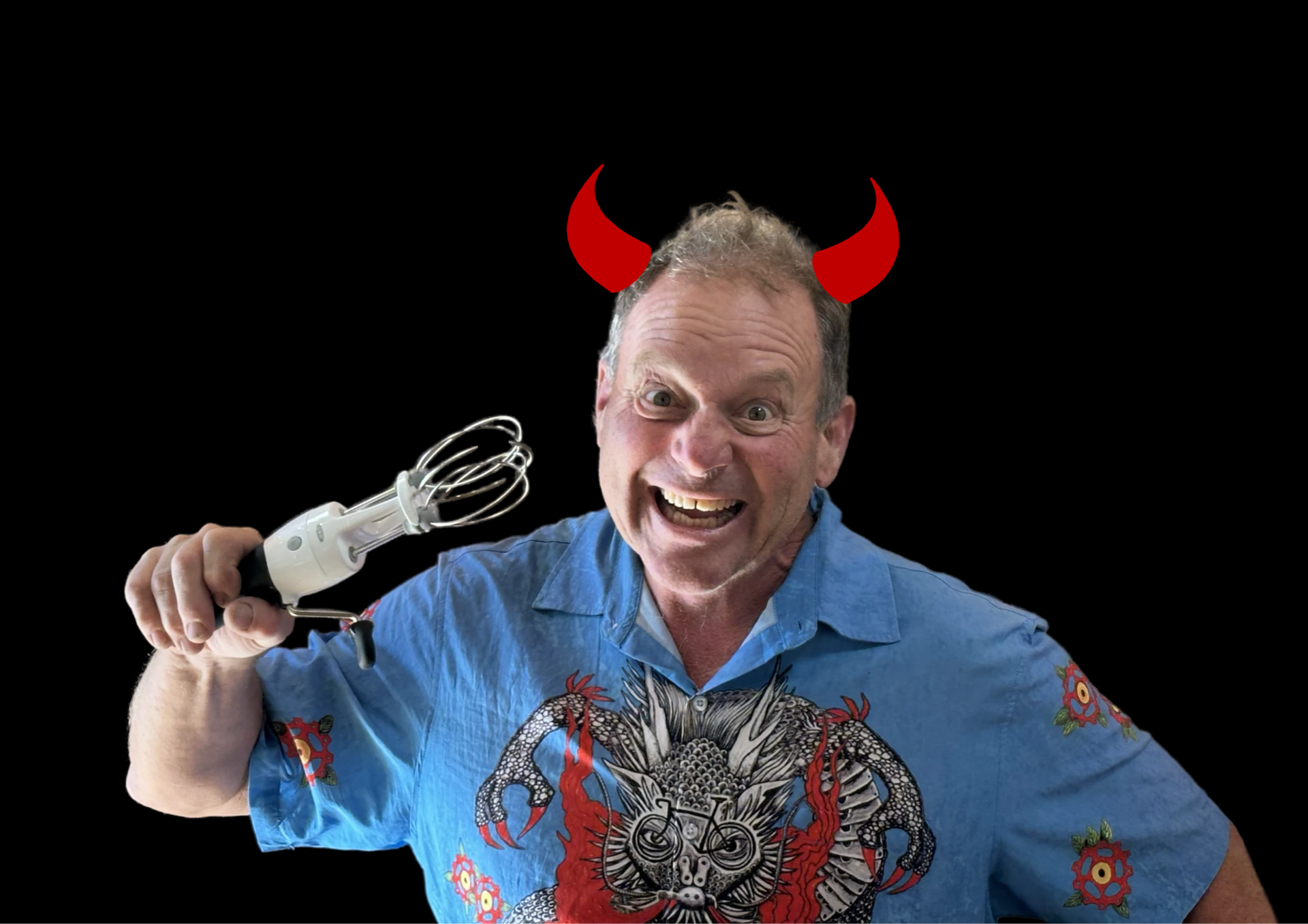The paradox of predictions
Everyone, including me, was dusting off their crystal balls this week as the American election moved to its zenith. The continuous commentary regarding what might happen and what is happening, and around that loop again, gets somewhat tiresome. It makes me want to say, “Forget about it, just go to sleep and wake up in the morning and you will know the answer.” That’s what I used to say when my parents wanted to listen to the weather on the television every night, which I thought was supremely boring and pointless. To tell the truth, actually what I wanted to do was talk over the weather report because I thought I had something more interesting to say than the weather person. Unfortunately, we can’t just go to sleep and wake up to the US election answer in the morning, because the answer to who will be in the next US President is going to be a lot longer coming.
There has been much commentary around the fallibility of the US polls, which predicted a massive blue wave and decisive win for Joe Biden. N.B. Does anyone else have a mental disjunct on this because the USA determinedly uses blue for Democrat and red for Conservatives, opposite to the colours used by many other countries to denote left vs right wing? Apparently this reversed colour scheme was only embedded during the 2000 election, promoted by Tim Russert, a prominent journalist.
One question asked is whether the US election polls were actually wrong. They aren’t necessarily as wrong as they might appear at first glance. Many counties and states were predicted correctly. However, the election is decided on a small number of swing (‘purple’ states), so our focus is on how correct polls were in those states. A related problem is, in a close election race, a poll can be within its margin of error regarding the proportions of votes for red or blue, but still predict the wrong candidate. What we want from a poll is to know which candidate will win, but what the poll actually tells us is the likely numbers of votes that will be cast for red or blue, and these are quite different things. For example, if a poll predicts 50.1% votes go Red and 49.9% Blue that gives you a Red win. However if the prediction out by only 0.3%, with 49.8% votes going Red and 50.2% votes going Blue, then the poll’s prediction of the winner will be 100% wrong.
Polls, as predictors of the future, are also hugely challenged in terms of whether they represent the people in the area they refer to. Can pollsters actually reach a meaningful sample of people reflecting the population of the area they are seeking to represent?
- When everyone had a landline polling was much easier than today as the pollsters could pick random numbers from the directory to achieve a random sample. With the advent of cell phones, many people don’t have landlines and there is no comprehensive cell phone directories for pollsters to work through. Therefore, if polling uses phone calls for its data, it will be skewed in relation to the types of people who do, or don’t have landlines.
- Another issue is whether people being polled can speak the local language – if they don’t understand what the pollster is saying on the phone they won’t answer the question, or they won’t answer correctly.
- Then there is the ‘shy voter’ problem – people who don’t like the image that their voting preference might give of them. These people tell the pollster nothing, or they tell them something that doesn’t actually represent how they are going to vote.
Overall, it’s a wonder that polls can be meaningful at all, when you consider all the reasons they are likely to be incorrect. This makes it all the more puzzling when people say, “The actual result doesn’t represent the predicted result, so the actual result must have been rigged”!
Polls have completely other dimension also, as manipulators of the future. As soon as you start to predict the future you alter it. This is the perennial problem encountered in time machine plot lines where, once the hero ‘knows’ the future, they attempt to modify the present to change that future.
There are at least three ways that polls can affect people’s behaviour:
- Strategic Effect : people may vote strategically to influence the results of an election. I did that in this election – I voted Green because I believed the Labour Party would almost certainly have a landslide victory, so I wanted another party in the mix who might moderate the Labour Party’s dominance. I based my decision on the polls telling me that Labour would win.
- Bandwagon Effect : people can be influenced to support a group that they believe is in the ascendent.
- Do-They-Need-My-Vote Effect : a proportion of voters will not be sure whether they will bother to vote at all. However, such people can be influenced to make the effort, or not, by polls. If the party they support is doing really well, they may not bother voting because they think they won’t make any difference. If the party they support is doing really badly, they might get off their rear ends to try and do something about it.
Given the number of potential effects of polls, and that some of these effects directly conflict with others, it is highly likely that we will never accurately know exactly how poll results influence voters. However, given that people are suggestible, it is also highly likely that poll results do influence people’s behaviour.
In the end, perhaps crystal balls should be recast as mixing pots, where potential futures are stirred together with the present, and out of which palatable or unpalatable results emerge?









